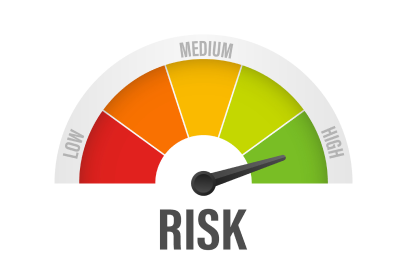
Collecting and Interpreting KPIs
Collecting and Interpreting KPIs
In this episode of Kellerman Consulting’s KPI video series, we look at the critical actions that are required to make sure that KPIs are established and maintained within the program.
As with any type of data collection process, the two major challenges are:
- Recording the data in a meaningful way
- Interpreting the data to effectively understand if we are functioning properly.
For the challenge of data collection, this means having the correct data inputs, as well as the right tools for measurement, and this should also include having the right software to track and trend that data.
For the second challenge, to analyze the data collected, we need competent people reviewing the data, and we need effective means of communicating the data in real time to the decision makers in operations.
Setting up KPI Data Collection
In breaking down data collection for key performance indicators, we need to start with the type of data that is being measured. One can select KPIs focusing on positive outcomes or negative outcomes. KPIs may be simple measurements or complex measurements.
For all KPI data, we must have accurate information that is collected frequently enough to be representative.
The simple measurements can be performed by hand, but for complex calculations, some sort of recording software that can assist in calculations is worth investing in.
Select KPIs Across Departments
It is best practice to select KPIs across departments, so data collection may occur in disparate parts of the business, and compiled during review sessions.
You will need to determine what facets of operations are critical to the business functioning, and what data best represents that critical feature.
We recommend at least one KPI for the sales, at least one KPI for finance or accounting, and then at least two KPIs for operations and quality.
Finding the right balance is something that must be determined by leadership of the organization.
Assigning Data Collection Responsibilities
Once the measurements for key performance indicators have been set, it is important to assign the responsibilities for performing or overseeing the data collection.
Determining the correct person to perform this task is of particular importance for KPIs. The reason for this is that we need someone who is dependable, trustworthy and focused in overseeing data collection.
Because we are speaking about measurements, we need to include validation and calibration of the measurement into our process.
Here validation means that we need to be certain that we are capable of collecting the correct data. Additionally, we need to calibrate our measuring process, and that is for both handwritten measurements and automated equipment.
Again, since we are talking about key performance indicators, every measurement needs to be accurate, or we will not be able to effectively analyze the health of the business.
Training on KPIs
The employee or employees responsible for evaluating the information presented need to be properly trained on these key performance indicators to assure that they understand the importance of the analysis.
That means the person is trained first in the basics of what the key performance indicators for operations are, and that it is essential for interpreting the health of operations.
Secondly, the employee must be trained on understanding what is being measured, and what the acceptable specifications of each KPI they are responsible for evaluating.
Download the Free KPI Reporting Spreadsheet to Start Tracking Your KPIs Today!







